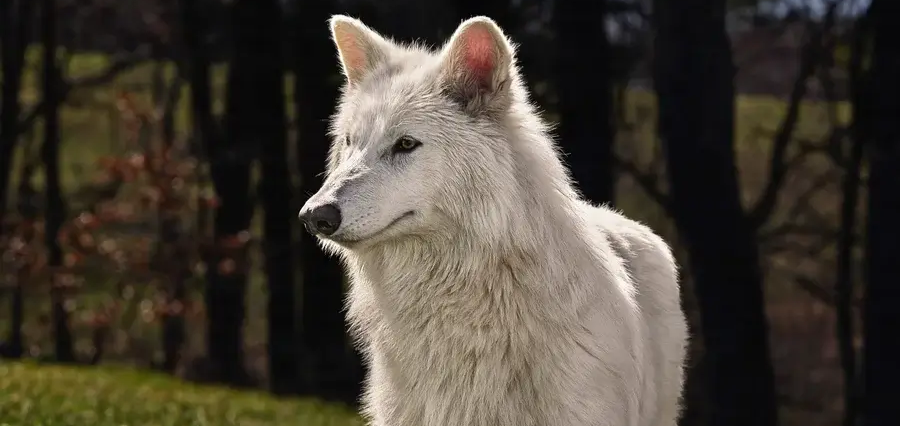Prime Highlights
- Prime Biosciences says it brought back the lost dire wolf using genetically engineered gray wolves, reigniting controversy over genetic engineering.
- Scientists point out these aren’t actually dire wolves but biologically engineered ones with superficial appearances.
Key Facts
- Dire wolves became extinct roughly 10,000 years ago and are not genetically related to gray wolves.
- Colossal edited 20 gray wolf genetic sites to emulate dire wolf characteristics, however, without using any dire wolf DNA.
- The business’s pups are being bred in a sanctuary and not for release into the wild as yet.
Key Background
The news from Colossal Biosciences that the dire wolf has been “de-extincted” has aroused both public curiosity and scientific unease. The biotech company based in Texas announced the giving birth of three genetically modified wolf pups that look like the ancient dire wolf. But scientists think that the resulting animals are not dire wolves in the real sense but altered gray wolves with certain chosen characteristics, raising issues concerning scientific accuracy as well as ethical concerns.
Dire wolves (Aenocyon dirus), which once roamed the Americas until about 10,000 years ago, were once believed to have a close relationship to modern gray wolves. But genetic analysis has shown that they represent a distinct, old lineage. Although they appear similar because of convergent evolution, dire wolves and gray wolves had diverged millions of years ago. Therefore, the similarity is largely due to ecological convergent evolution rather than common descent.
Colossal’s most recent project was to sequence ancient DNA from dire wolf fossils, then edit 14 genes in gray wolves to exhibit 20 dire wolf traits—body size, skull morphology, fur texture, and coloring. Of note, the changes were phenotype-driven, and no direct ancient DNA was included. This process leaves one wondering how closely these creatures match the extinct animals genetically and behaviorally.
Beth Shapiro, the chief science officer at Colossal, contends the aim is not to create a precise genetic duplicate but a “functional equivalent” that performs the same ecological function. But others, such as paleoecologist Jacquelyn Gill, warn that until the full ecological role of the dire wolf is understood, these genetically engineered animals contribute nothing to the advancement of knowledge or conservation science.
More realistically, Colossal’s gene-editing methods could be useful in the conservation of threatened species, including the red wolf. Their technique of harvesting reprogrammable cells using non-invasive methods could be used to increase the genetic diversity of threatened populations.
Though the technology holds promise, the larger conservation community cautions that it is more important to preserve existing ecosystems than to bring back extinct species for spectacle. The scientific community is split on whether attempts at de-extinction are novel conservation or a distracting technological diversion.
Read also : Voices of Tomorrow: Celebrating India’s Emerging Authors in 2025








